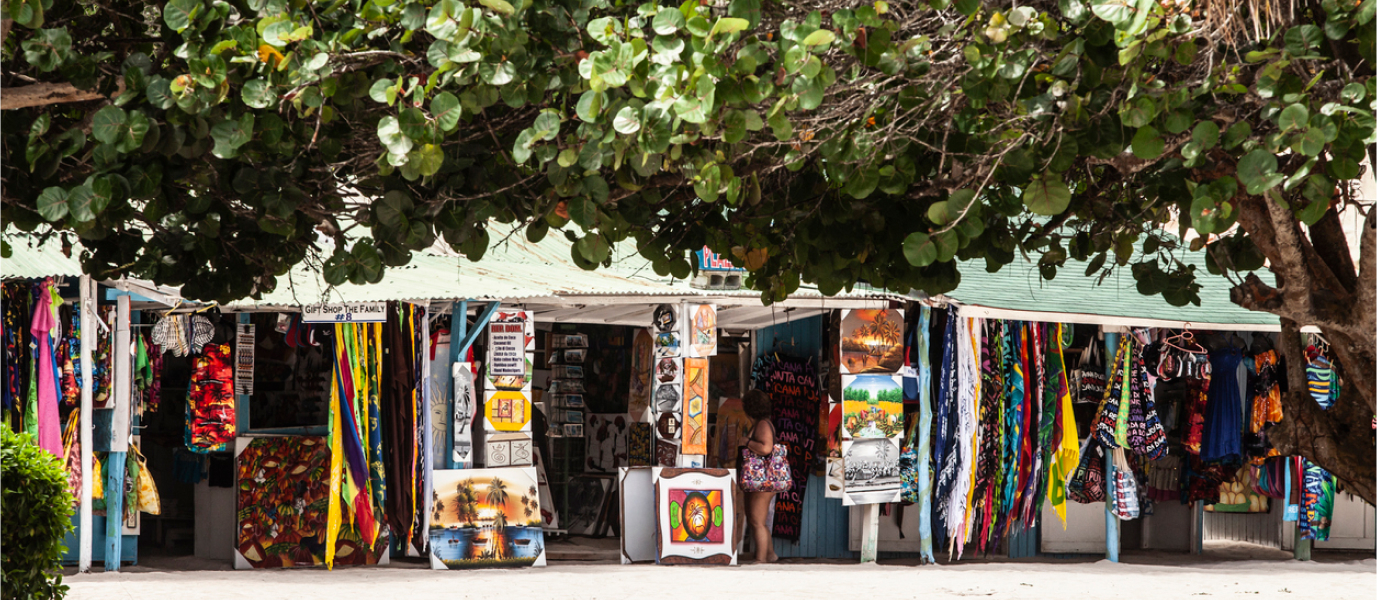The Dominican Republic is known as the best shopping destination in the Caribbean. There are designer stores in Santo Domingo (the capital), Punta Cana and La Romana, as well as in the island’s all-inclusive resorts, with everything the Caribbean has to offer for people who prefer to remain in those facilities.
Bright handicrafts and gemstones tell the story of the Dominican Republic
Looking back on the Dominican Republic’s roots and history, the handicrafts that can be purchased in the Dominican Republic tell the story of the Taino legacy—the largest ethnic group that inhabited the island of Hispaniola when European and Spanish colonists arrived—and of Africans.
Tainos were quite skillful with their hands and found inspiration in mythology, rituals and details of everyday life. Visitors can find figurines bearing the Taino hallmark, reproductions of gods, and canteens made of coconut or fig trees with assorted designs.
There are bright paintings that tell the story of Caribbean and African influences, as well as miniature or full size Dominican instruments made of wood or bamboo.
Since Carnival is the most important festivity in the Dominican Republic, as well as the most transcendent for giving popular culture a sense of freedom and identity, paper mache masks depicting the characters of these celebrations can also be found.
The long rows of coconut trees that line beaches in the Dominican Republic are a guarantee for souvenirs such as hats, beach bags and colorful rugs made of jute fibers.
Amber and larimar, gemstones that define the Dominican Republic
Two gemstones are extracted from the nation’s subsoil: larimar and amber. They are used to make some of the items that can be purchased in the Dominican Republic, such as figurines, rings, earrings and necklaces, which are all very popular with tourists.
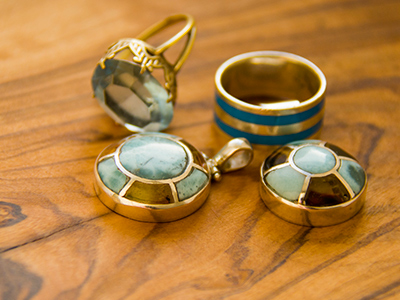
Larimar, the semi-precious stone known as the Dominican turquoise, is a rare variety of pectolite found only in the Filipinas mine of Los Checheses, in the Barahona province of the Dominican Republic.
Aside from its beauty and colors—white, green-blue, deep blue and light blue—its properties primarily help women readjust their femininity and connection with nature.
Although amber can also be found in the depths of other countries, the variety from the Dominican Republic is considered to be more valuable due to its transparency. As far as the color, in addition to the yellow that people are familiar with, it also exists in an intense red as well as in unlikely shades such as gray, black and blue.
As a result, jewelry stores are an important part of the Dominican Republic’s shopping segment and can be found at all the tourist destinations in the country.
With a heritage dating back to the 16th century, limé dolls are a Dominican icon
Although limé dolls were created in the 1980s, their heritage goes back to the 16th century and they represent the craftsmanship that defines all the culture and history of the Dominican Republic.
Available everywhere, these ceramics are one of the country’s icons. Donning bright, flowery dresses, their faceless features symbolize how Dominicans are a blend of Tainos, Europeans and Africans. Additionally, limé dolls are always carry something, such as fruit, flowers or coffee, to show that they are hardworking women.
The writer Liliana Mera Limé (whom the dolls are named after) is the creator behind these beautiful handicrafts that can be purchased in the Dominican Republic at many popular tourist destinations.
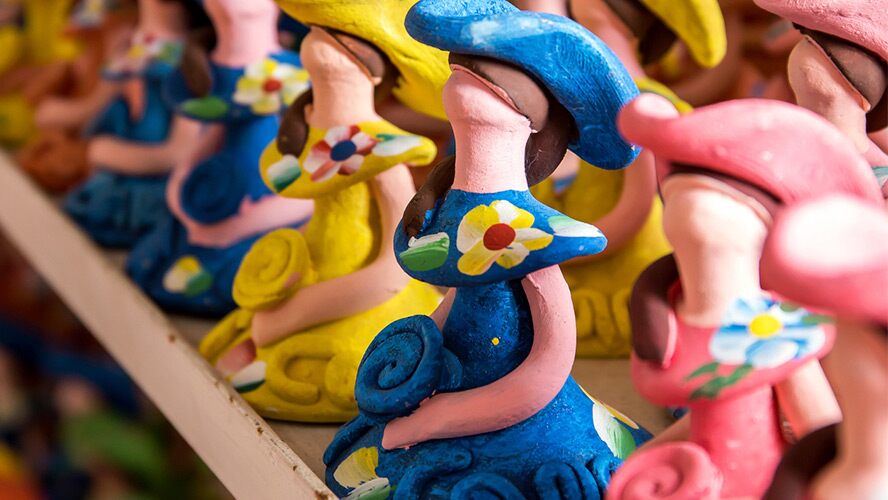
Rum, the Dominican Republic’s national drink
Rum is, without a doubt, the country’s national drink and one of its international hallmarks that dates back to the era when the explorer Christopher Columbus reached what we now call the Dominican Republic, bringing with him a new product: sugar cane.
The liquor is made by fermenting molasses, which is the residual liquid obtained once the sugar in cane juice crystallizes, followed by a distillation process before it is aged in barrels.
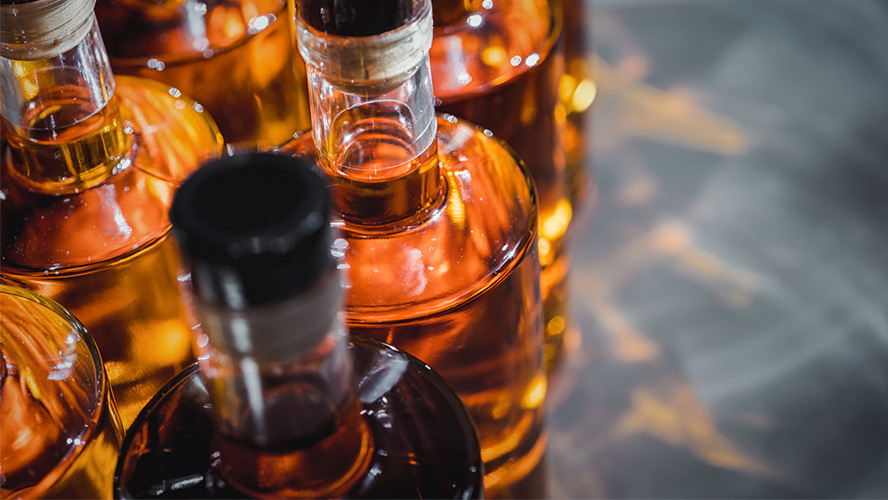
Dominican rum is consumed throughout the world, either alone, on the rocks or in cocktails, and the most popular brands are Barceló, Brugal and Bermúdez.
When visiting the Dominican Republic, at least one bottle of rum should always be brought back home, and during the trip, it is important to visit the Rum and Cane Museum in the capital, Santo Domingo, where the earliest utensils used to make this distillate, along with everything required for the production process, are on display.
Dominican coffee, a complete sensory experience
Dominican coffee, aromatic, smooth and with hints of chocolate, has earned a reputation as a quality export, and the chance to taste it, surrounded by nature in a Caribbean setting, has become quite appealing to tourists.
Throughout the island, there are trails and itineraries for visiting coffee plantations, seeing firsthand all the processes to roast and grind the beans, and trying it alongside the communities that produce it. Following this experience, visitors can take home with them the unique flavor of Dominican coffee.
Santo Domingo’s 1st Coffeest Festival took place in 2019 to promote the consumption of this magnificent beverage, which has a Designation of Origin, and to showcase this product for domestic and international customers.
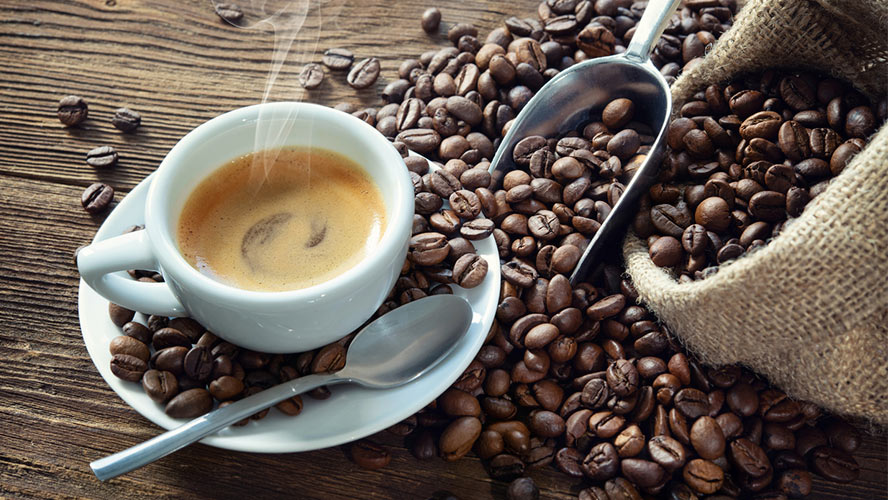
Dominican cocoa, a great contribution to the world
Another product that can be purchased in the Dominican Republic and that happens to be highly regarded in the most discerning and international markets is cocoa, one of the greatest precolonial exports.
Like coffee, there are a number of itineraries for exploring the vast cocoa plantations and seeing the entire process of making chocolate. For example, near Santo Domingo, visitors can choose from the Yamasá Cocoa Tour in the province of Monte Plata, and the Cocoa Trail in San Francisco de Macorís.
Dominican cocoa can be purchased anywhere along these itineraries as well as at popular tourist spots.
Dominican tobacco, a luxurious product
Although Dominican tobacco has been grown for centuries, only recently has it been positioned alongside Cuban tobacco, which was already internationally renowned.
Santiago, a city in northern Dominican Republic, is the largest tobacco production hub, home to multiple tobacco factories, including La Aurora, the nation’s oldest cigarette manufacturer that continues to operate.
Due to the importance of the tobacco industry for the Dominican Republic, the National Tobacco Institute was founded in 1962 to support production and distribution. Additionally, the ProCigar Festival is held every February in La Romana and Santiago, featuring many activities and the chance to taste and purchase tobacco.
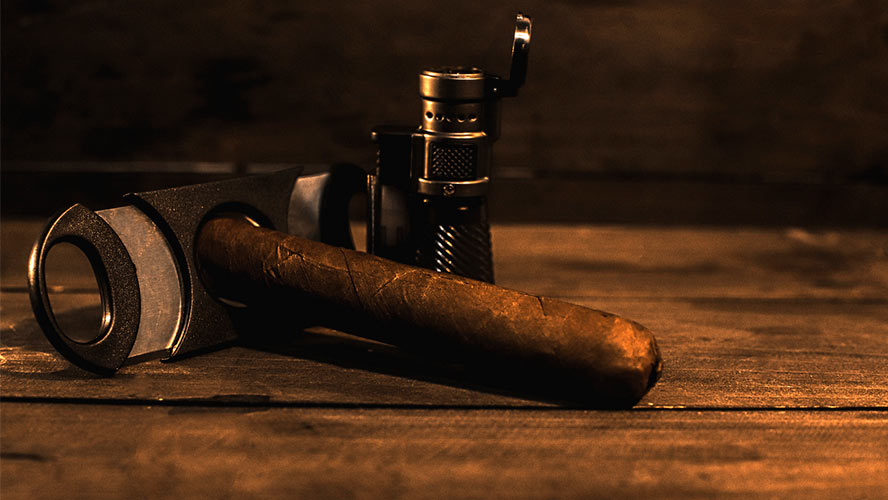
A number of tobacco brands are available for sale in the Dominican Republic, including Davidoff, Matasa, La Aurora, General Cigar, Corporación Cigar Export, Tabacalera La Alianza, La Flor Dominicana and Fuente Foundation.
A trip to paradise filled with fruit and new flavors
The Dominican Republic has a fantastic location with a tropical climate and fertile soil, so exploring the island is like taking a trip to paradise filled with fruit and new foods to try.
Tropical fruit salads made with papaya, mango, passion fruit, soursop, tamarind, coconut and pineapple can be bought on just about any corner. Other fruits have medicinal properties, such as the star apple, which helps cure stomach ailments, or jagua, which boosts the immune system.
The name of the most popular milkshake in the Dominican Republic sounds almost poetic—morir soñando—and is made with orange juice, milk, cane sugar and shaved ice.
Like in many cities around the world, Santo Domingo’s street food has countless flavors, textures and amazing discoveries.
Quick bites such as catibias (yucca turnovers filled with meat), pica pollo (twice-fried chicken) and yaroa (a type of lasagna, with layers of chicken, meat, sweet plantain, cheese and fried potatoes, baked together and served with mayonnaise and tomato sauce) are just some of the things that tourists can buy on any Dominican street.
























































